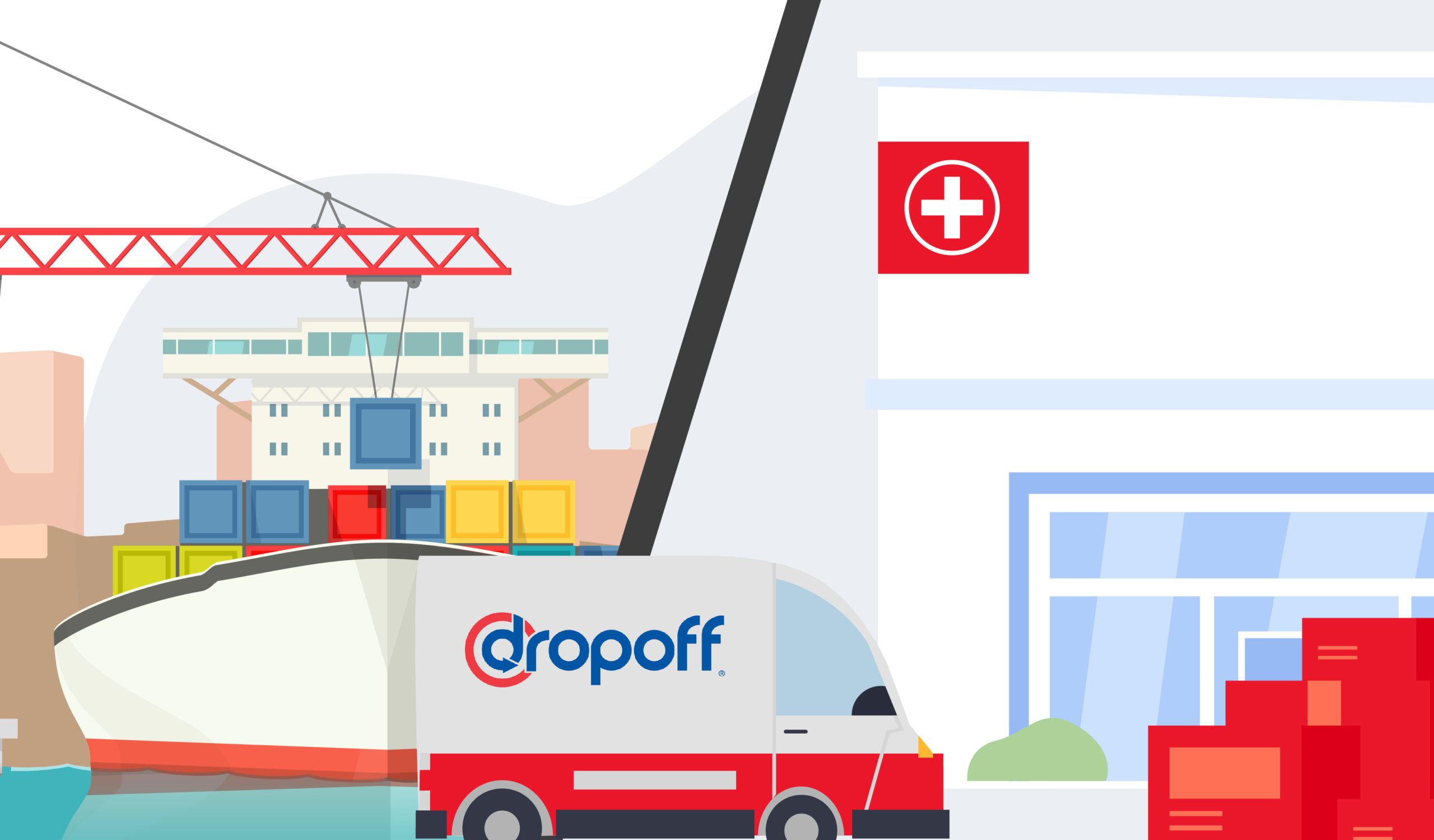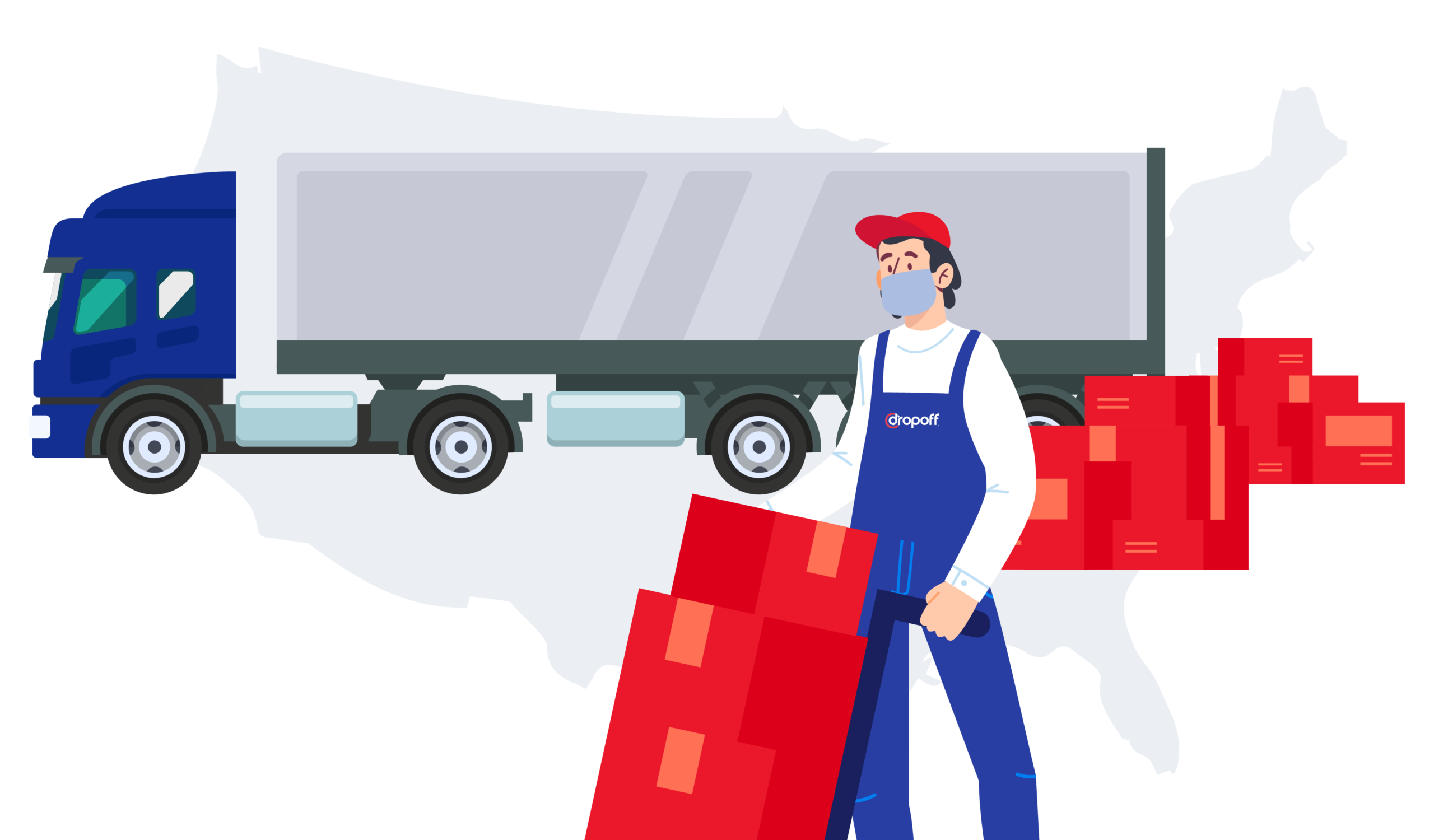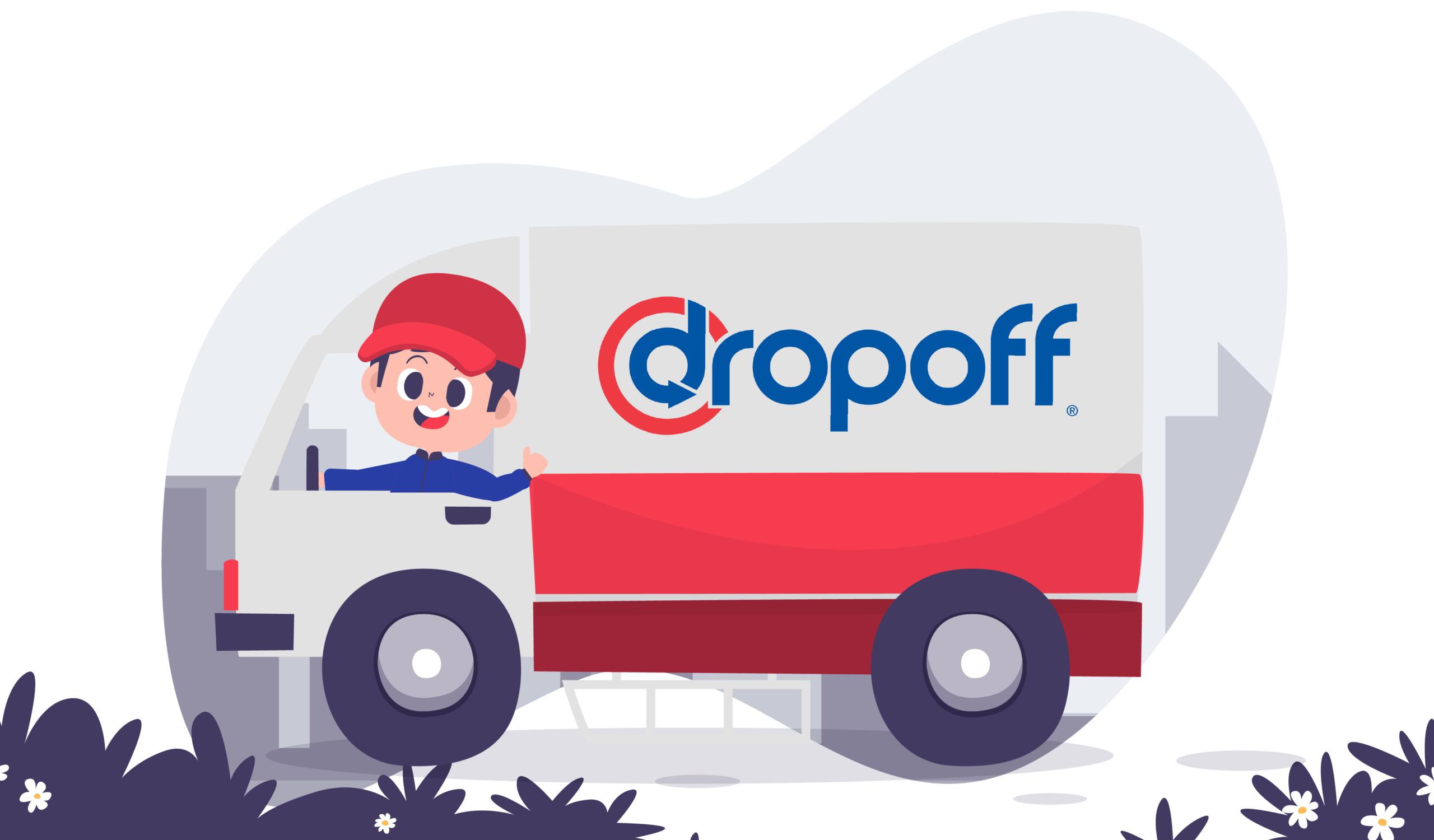18 Logistics Innovations And Industry Trends In 2024
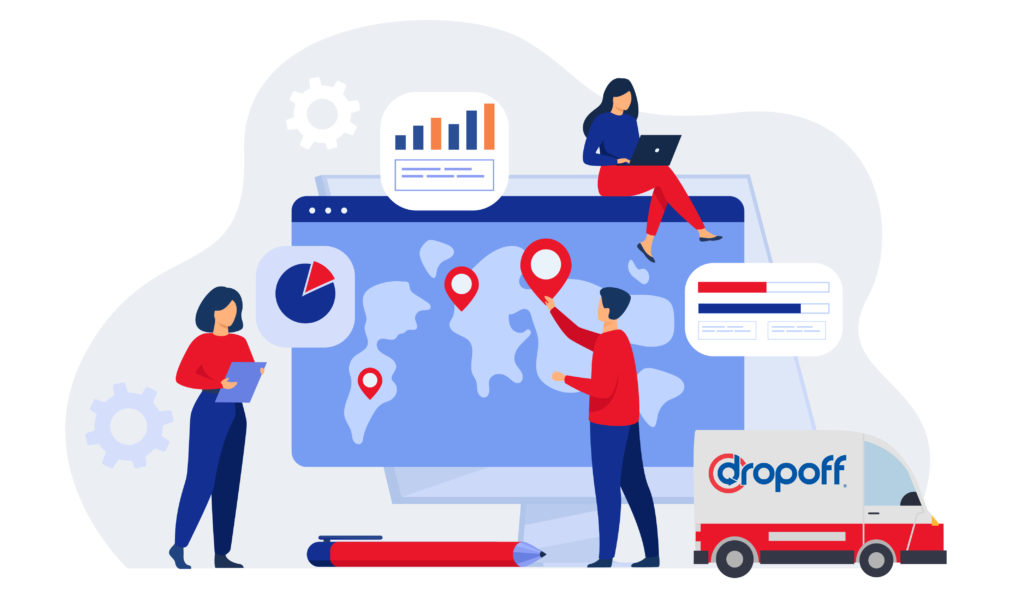
The technology in logistics is constantly evolving, and in 2024, we can expect to see some major changes. According to Research and Markets, the market was valued at $9407.5 billion in 2023 and is likely to increase to 15978.2 billion by 2032, amounting to a CAGR of 6.4%. From new logistics innovations to changing consumer behavior, the landscape will be very different than it is today.
In this article, we will discuss some of the most important trends that will impact the future of logistics in 2023. Keep reading to learn more!
What is the trend in logistics in 2024?
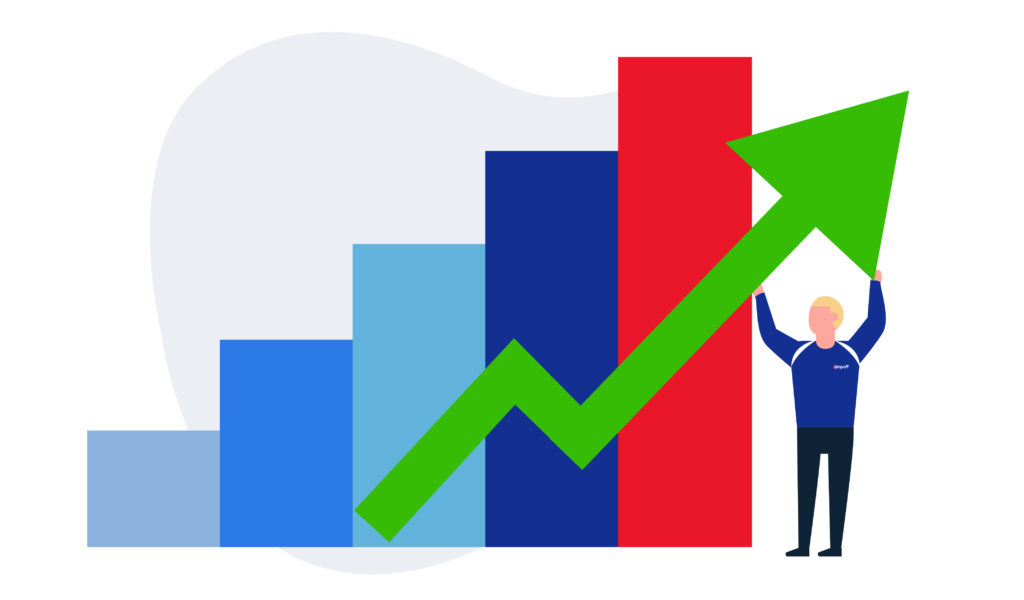
Dropoff measures industry logistics industry trends via our customer base nationwide
Trends in logistics will always be linked to social and business developments, as well as technology improvements. Companies want to automate as much as possible and make their procedures more sustainable. While the logistics industry has faced its drawbacks, these innovations are here to improve overall operations.
Here is a list of logistics trends and innovations you can expect to advance this year.
Logistics Technology and Innovations in 2024
Explore the latest advancements and cutting-edge innovations in logistics technology as of 2024.
1. Automation
By automating tasks, in-house operations will save manual labor and lower logistics costs. It allows more time for your logistics team to find ways to optimize workflows using automation instead. The presence of a logistics processor would still assist operations greatly, but automation aims to reduce their work.
Automation is a collection of technologies designed to improve efficiency. Its main purpose is to reduce human input while creating a seamless transition across several areas: sales, suppliers, planning, procurement, and distribution.
a. Exotec – Automated Storage & Retrieval System
ASRS helps handle product and material storage in automated warehouses, increasing floor space usage and avoiding manual labor. This lowers costs and improves safety.
As a result, Exotec created the Skypod, an automated robot that helps eCommerce warehouses run more efficiently. The technology improves storage capacity by using vertical storage solutions to raise warehouse ceilings by up to ten meters.
b. Addverb Technologies – Automated Guided Vehicles
AGVs assist in the automation of product movement. When processing products, AGVs can take the place of manual labor. Dynamo, an AGV for transferring loads in the warehouse, was developed by Addverb Technologies.
c. Swisslog – Intralogistics Automation
Swisslog also stands as a significant player in logistics automation, providing future-ready solutions worldwide. With a focus on data-driven and robotic technologies, Swisslog collaborates with KUKA to offer comprehensive warehousing and distribution solutions across over 25 countries.
From its origins as a supplier of crane-based automation, Swisslog has pioneered innovations like AutoStore systems and intralogistics automation, continually advancing in the digital era.
2. Internet Of Things (IoT)
The Internet of Things (IoT) is a big deal. It helps businesses improve their supply chains. Some companies put sensors in their vehicles to track shipments. They can also help with route and location management. IoT solutions in warehouses can help with inventory management, storage conditions, and preventative maintenance.
a. Ambrosus – Real-Time Supply Chain Visibility
Ambrosus created an IoT network for the food and pharmaceutical supply chains. The network provides tools for analyzing data exchanged between sensors, distributed ledgers, and databases for supply chain management.
b. Fleetroot – Fleet Management
Companies can use Fleetroot’s IoT platform to manage their fleets. Using sensors and devices implanted in the vehicle, the platform helps monitor the vehicle’s functioning and alerts the system. The information is then reviewed, along with past data, to plan fleet maintenance. Further, it provides route optimization and delivery solutions.
3. Cloud Computing
Cloud computing allows businesses to scale up or down in response to market changes. It also supports the adoption of nearly any modern technology, whether firms choose Cloud-native or hybrid settings.
One of the main advantages of Cloud adoption is the option to concentrate on analytics while decentralizing data gathering and visibility.
a. Linker – Cloud Platform
Linker built a platform that offers third-party logistics services to eCommerce firms. The platform provides tools to improve product labeling and delivery services. Linker also offers logistics technologies for warehouses and delivery centers. Further, it is based on a pay-per-use basis.
b. Alpega – Cloud TMS
Alpega, a Belgian firm, developed a logistics system for end-to-end transportation services. It allows manufacturers and logistics providers to communicate in real time. It also improves logistical processes by combining transportation requests into a single system. Furthermore, the software includes tracking through a mobile application.
4. Artificial Intelligence
Artificial Intelligence (AI) is gaining attention in the industry thanks to rapid advances in machine learning, computer power, and big data analytics. When used correctly, it can help businesses improve their operations’ functionality, spot potential problems, and suggest fixes.
The introduction of Cloud technologies and the rise of computer capacity have boosted industrial acceptance of machine learning. According to a recent report, over 34% of businesses already have machine learning embedded in their systems.
a. Adiona – Process Optimization
Adiona is an Australian firm that has created AI-based Optimization Software-as-a-Service (OSaaS) that helps businesses improve their logistic processes while cutting costs. Using machine learning, the system helps predict factors such as demand, weather, and traffic. Overall, the approach reduces the number of people needed for manual input.
b. Insite – Demand Forecasting
Insite mainly serves retail industries with AI-based software solutions for pricing prediction and process optimization. The program includes modules for risk assessment and demand forecasting.
The platform includes tools for collecting and combining real-time process data. As a result, when it comes to product restocking, managers are well prepared to support relevant insights.
5. Digital Twins
We all know that products are always quite different from how we see them online. Modeling often ignores how parts wear out and need to be replaced. Digital twins technology is finally changing this.
Now, the physical and digital worlds can be merged into one, allowing us to interact with the digital model of an actual product or part in the same way we would with their real counterparts for the first time.
a. Datumix – Equipment Condition Monitoring
Datumix, a startup based in the United States, offers a virtual 3D simulation of essential equipment. They employed machine learning to create a digital twin that can be used to track equipment performance in real time before installing the algorithm. The data from the 3D model, paired with artificial intelligence (AI), is then used for equipment maintenance.
b. Cognition Factory – Warehouse Simulation
Companies can use digital twins to test out new systems and promote operations optimization before making the actual change.
CognitiveFlow, an AI-based digital twin solution for warehouse simulation, is offered by Cognition Factory, a German business. The software is used in the warehouse to plan, design, and manage mobile robots and material handling systems. This system includes data from both on-site and off-site sources.
6. Blockchain
The Blockchain platform can be used as a digital ledger. This method would allow multiple networks to share important data without the danger of it being leaked or corrupted. Companies must, however, collect and organize their data well.
In addition, companies will need to develop an ecosystem of supply chain partners who can use the blockchain environment once the industry establishes new standards.
a. ShipChain – Freight Tracking
ShipChain is a logistics technology that uses blockchain to help with shipping. The technology allows you to track shipments in real time. The software also updates information about predicted delivery times. Once the delivery is complete, the site uploads proof and documentation, boosting the transparency of products in transit.
b. Steamchain – Smart Contracts
With its World Trade Logistics (WTL) smart contract system, Steamchain provides a blockchain platform that simplifies payment methods. By providing a permanent record of all transactions, WTL smart contracts allow B2B payments and prevent fraud. They also help to reduce currency fluctuation costs and avoid currency conversion costs.
7. Advanced Data & Analytics
Logistics businesses collect a lot of data. Companies that want to survive must adopt good data management practices. DCSA has paved the way for industry-wide improvement by introducing new data standards for container shipping and its Industry Blueprint. More and more businesses are opting to filter their data and turn it into advanced stats.
a. FACTIC – Prescriptive Analytics
FACTIC, a company based in the United States, delivers predictive analytics solutions through a SaaS platform for the food and beverage industries. It analyzes information from several sources using data mining and AI methods to predict future sales.
To automate purchases, the platform predicts demand changes and makes data-driven decisions. The platform also includes options for managing stock levels through auto-replenishment.
8. Robotics
Warehouse operations have changed dramatically in recent years, and with technology becoming more integrated, this is one of the logistics innovations that will continue. Warehouse robots are one of the most prominent developments.
a. Handle – Robotics
The handle has created an autonomous robot with a tiny footprint, extended reach, and a vision system that allows it to unload trucks, construct pallets, and transport boxes across any warehouse.
9. Augmented Reality
In 2024, augmented reality (AR) is reshaping logistics by offering real-time insights and enhancing operational efficiency. AR-powered wearable devices provide instant access to data, improving productivity and reducing errors. Additionally, AR enhances security by tracking shipments and ensures prompt issue resolution, ultimately enhancing customer satisfaction.
a. DHL – Augmented Reality for Inventory Management
DHL utilizes augmented reality (AR) in logistics through its Vision Picking pilot project. This initiative integrates AR smart glasses into warehouse operations, providing employees with digital picking lists and optimized routes to reduce travel time.
With barcode scanning capabilities, the smart glasses enhance efficiency by guiding employees to the correct locations and items on shelves. This implementation resulted in a 25% increase in picking efficiency, improved productivity, and reduced error rates.
10. Advanced Geolocation Technologies
Geolocation technology revolutionizes logistics management in industrial companies by providing real-time tracking of assets, optimizing fleet operations, and enhancing safety measures.
By leveraging technologies such as GPS, BLE, Wi-Fi, cellular networks, and IoT-enabled tracking devices, industrial companies can streamline their logistics operations and stay ahead in a competitive market.
a. SOLUM- IoT-powered Tracking
Advancements in IoT, like Low Power Wide Area Networks (LPWAN), are enhancing logistics and supply chain operations. LPWAN-enabled IoT devices offer efficient tracking and communication, reducing the need for dedicated trackers. They can monitor goods indoors using Electronic Shelf Labels (ESL) systems and utilize GPS and LPWAN for outdoor tracking, improving asset management and streamlining logistics processes.
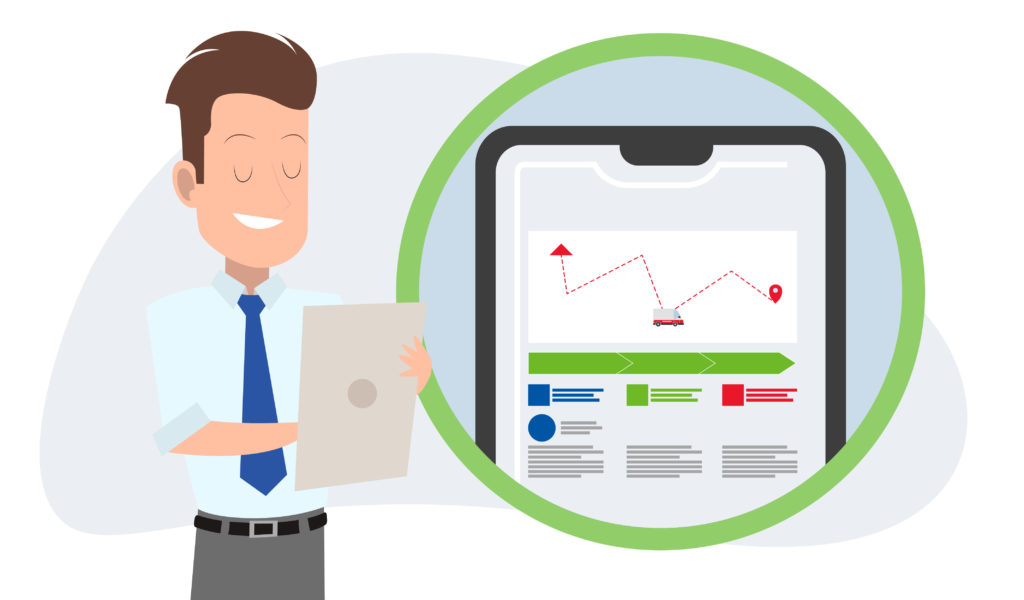
Logistics Service Trends in 2024
Explore the evolving trends shaping the industry’s service offerings, driving innovation and efficiency in logistics operations in 2024
12. Elastic Logistics
Elastic logistics enables companies to efficiently adjust supply chain operations according to changing demands, seamlessly scaling activities up or down as needed.
This approach addresses common challenges such as warehousing constraints and inventory management issues. Enabled by data-driven technology and a synchronized blend of technological tools and skilled personnel, elastic logistics optimizes supply chain flexibility and responsiveness.
a. Shorages – On-Demand Warehousing
Shorages is a storage marketplace based in the United Arab Emirates that caters to small and medium businesses. This company works with businesses to discover short-term warehousing needs from a large network.
On the one hand, the platform allows warehouse owners to rent space to suit short-term demands. They also offer customers pay-per-use and on-demand storage and fulfillment services.
13. Green Logistics
Sustainability is a movement that has spread across many industries, including logistics. Nowadays, more and more companies are using a variety of technologies to reduce their negative environmental impact.
High reliance on fossil fuels, traffic impact, a constant carbon footprint that requires human input, and much more are among the key drivers of this trend.
a. Amazon – Climate Pledge
Amazon just announced its “Climate Pledge” to meet eco-friendly objectives. By doing so, the company intends to push other companies to join in their efforts to become carbon-neutral by 2040 and support renewable energy. Amazon has signed a deal with Rivian, an electric vehicle company, to supply 100,000 electric vans.
b. DHL – Electric Vehicles
The world’s largest courier company, Deutsche Post, has also dedicated $552 million to developing light transport electric cars and micro e-mobility units. The multinational partnership with a Chinese manufacturer is expected to create up to 100,000 street scooters annually.
c. CJ Logistics – Sustainable Packaging
CJ Logistics leads the way in sustainable packaging solutions. Through minimal packaging and eco-friendly materials, they pioneer ‘zero waste’ practices, developing innovative packaging materials and smart packaging solutions.
Collaborating with partners like Moorim Paper, CJ Logistics integrates eco-friendly paper-fill materials into logistics operations, reducing plastic usage. Transitioning all packaging materials to eco-friendly alternatives not only protects the environment but also boosts productivity.
14. Last-Mile Delivery Services
Last-mile delivery services come in many forms. Adapting to care for every customer’s needs is critical to a successful 3PL service.
Last-mile delivery is when a carrier picks up items from a warehouse and delivers them to the final destination — as quickly and efficiently as possible. When delivering high-value cargo, partner with the best last-mile delivery companies and startups in the US.
Due to the standards set by companies like Dropoff, faster shipping is no more a thing of the past but something that your customers expect. It’s vital to make sure your company’s delivery system is competent if you want to maintain customer loyalty. The sooner a customer receives their item, the happier they are. To learn more, here are 11 logistics KPIs to track in same-day delivery.
a. Manna – Drones
Drone delivery solves the problem of last-mile traffic jams. Why? Because they can reach different locations, cutting delivery time and cost. Irish company Manna provides drone delivery as a service to franchises. Manna’s drones can fly at an altitude of 80 meters and a speed of 80 kilometers per hour.
b. Pakpobox – Smart Lockers
Smart lockers give customers more options for receiving packages and reduce the number of returned deliveries due to customer absence. Pakpobox offers a variety of smart locker setups that are customizable. These smart lockers provide parcel security by also sheltering them from bad weather.
15. Autonomous Vehicles
Autonomous vehicles redefine last-mile deliveries by optimizing operations and boosting efficiency, as highlighted in Manifest 2024. With advancements in autonomous yard tractors and the impending deployment of platooning trucks in projects like the I-70 Autonomous Trucking Corridor, logistics companies are positioned to leverage automation for improved performance and reduced operational costs in last-mile delivery services.
a. TORC Robotics
Torc Robotics, majority-owned by Daimler Trucks, is developing scalable autonomous driving systems (ADS) to be integrated into Freightliner trucks, aiming for commercial availability around 2027. With a focus on the total cost of ownership and leveraging Daimler’s support, Torc aims to differentiate itself in the market, with upcoming announcements expected to define its commercial product.
b. ISEE
Established in 2017, ISEE specializes in autonomous yard truck solutions, streamlining trailer and container movement in distribution centers to enhance efficiency and safety while addressing labor shortages. Their recent commercial deployment at a Fortune 500 distribution center demonstrates the effectiveness of their autonomous systems in real-world operations, seamlessly integrating with existing facility management systems.
16. On-Demand Warehousing
On-demand warehousing links online retailers with warehouses that have extra space and need to temporarily store inventory and fulfill orders. This is perfect for companies that require storage but want to avoid managing a warehouse. It’s also a low-cost and adaptable option.
a. Flowspace
Flowspace is a logistics startup that offers businesses on-demand warehousing and fulfillment services. On a month-to-month basis, the corporation manages inventory storage, transportation, and services. Customers can receive access to hundreds of warehouses strategically spread around the United States by using their simple online cloud platform.
6. Mergers And Acquisitions
In the logistics industry, mergers and acquisitions will continue to be common. The pandemic led to big growth for logistics companies, making them attractive to private equity firms and owners looking to sell at high valuations. However, other factors like the economy also play a role in driving M&A activity.
A report by PwC predicts that the high level of M&A activity in the transportation and logistics sector will continue in 2023 as companies explore opportunities to gain more supply chain control. CEO of Metafora, Peter Rentschler, states that M&A activity will result in more strategic acquisitions where larger companies will acquire smaller ones. He also notes that M&A activity is the ideal time to review overall people strategy, which could include outsourcing.
17. Carrier Cycles
Finding carriers for transportation during the pandemic was challenging. However, carrier availability is slowly returning to normal as the pandemic subsides. Shippers and brokers get to be more selective in choosing carriers.
The rise of new and small carriers during the pandemic, which shippers were forced to use regardless of quality, is expected to decrease. According to Brandon Bay, VP of Corporate Strategy and Marketing for Logistics Group International, the logistics industry is volatile, so it’s essential to have reliable vendors to maintain consistency.
18. Asset-Light Logistics
Asset-light logistics refers to a strategic approach adopted by businesses to minimize reliance on physical assets for operations, opting instead to outsource non-core logistics functions to third-party logistics providers (3PLs) while leveraging technology for efficient management.
This model reduces capital expenditure by avoiding upfront investments in logistics infrastructure, offers increased flexibility and scalability to adapt to market changes quickly, and improves operational efficiency through expert logistics management and technology integration.
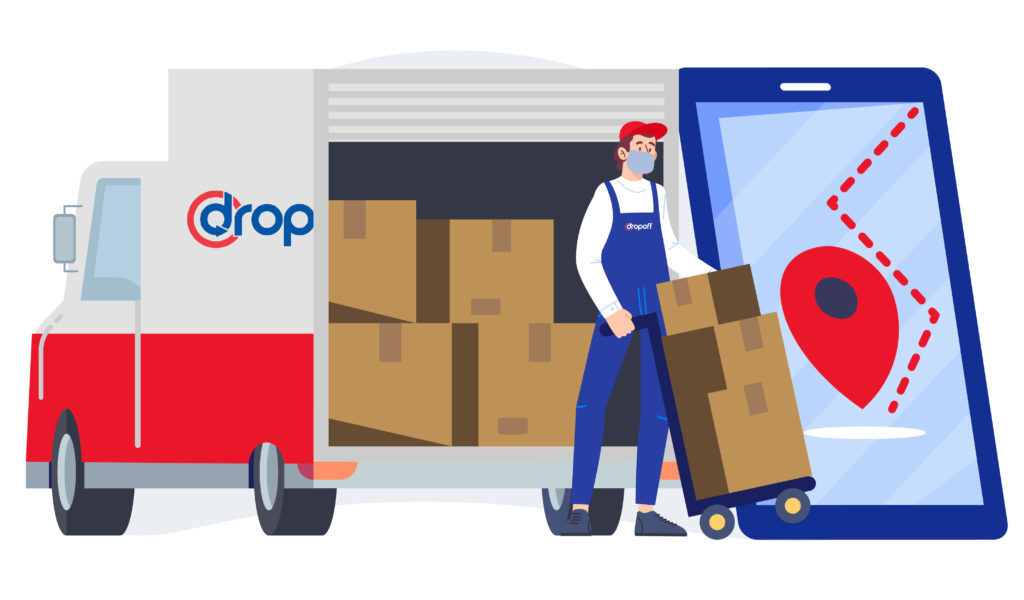
A Closer Look At Dropoff
Dropoff helps businesses nationwide achieve their logistics goals and see how it works.
As mentioned above, last-mile delivery is one of the most popular logistics trends, and that is precisely what we provide. At Dropoff, we offer same-day delivery services for custom logistics. We know that each industry has different requirements, and we can tailor courier services to match your industry’s demands. Wondering what’s so special about same-day delivery? Click here to learn more.
All you have to do is simply schedule a delivery. You can rest easy knowing your deliveries are in good hands, where you can access real-time tracking and excellent customer service. We are constantly evolving with the industry changes to accommodate the logistics needs of our customers. Furthermore, we have our customers’ best interests in mind when choosing a third-party logistics provider.
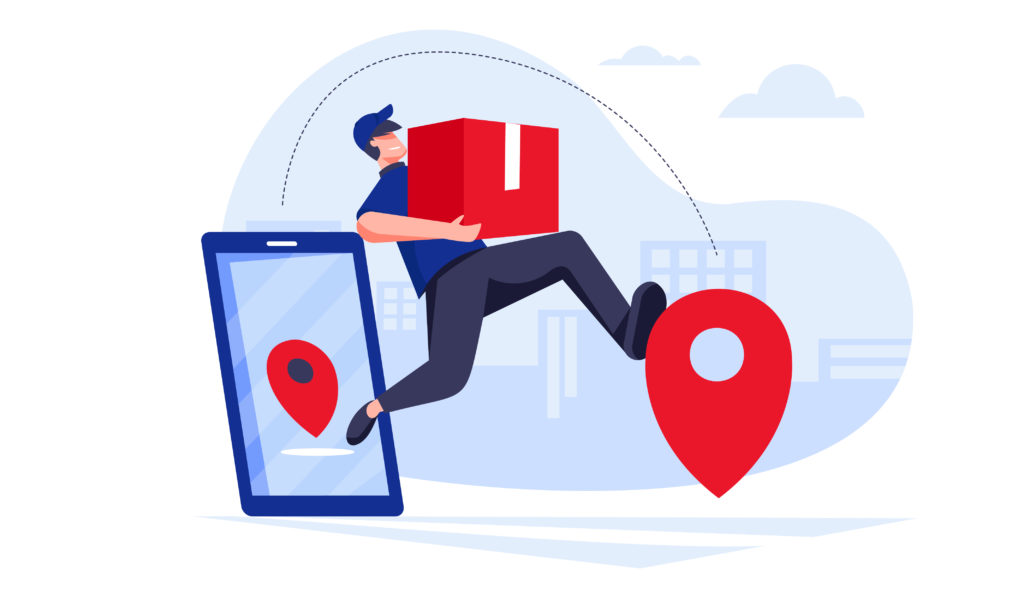
How Dropoff Can Help You Keep Up with Logistics Industry Trends
You can worry less about investing in the newest technology in logistics to stay competitive by working with us. We stay on top of the latest supply chain trends and will continue to invest in cutting-edge technology to provide the best for our customers.
Contact us today, and we’ll work with you to develop a unique solution for your company’s requirements.
FAQs on 2023 Logistics Trends and Innovations
Let’s take a deeper look at some of the most common questions we get.
The trend in logistics in 2024 revolves around automation, sustainability, and technology integration to streamline operations and meet evolving consumer demands.
Future trends in logistics include elastic logistics, green logistics, last-mile delivery services, and advancements in autonomous vehicles and on-demand warehousing.
Technologies shaping the future of logistics operations include automation, Internet of Things (IoT), cloud computing, artificial intelligence (AI), digital twins, blockchain, advanced data analytics, robotics, augmented reality, and advanced geolocation technologies.
The latest technology in supply chain and logistics encompasses innovations such as automation systems, IoT networks for real-time supply chain visibility, cloud-based logistics platforms, AI-driven optimization software, digital twins for equipment monitoring and warehouse simulation, blockchain for freight tracking and smart contracts, and advanced data analytics for predictive analytics and demand forecasting.
What’s new in the logistics industry includes mergers and acquisitions, the resurgence of carrier cycles post-pandemic, and the adoption of asset-light logistics strategies to minimize reliance on physical assets while maximizing efficiency and flexibility.



